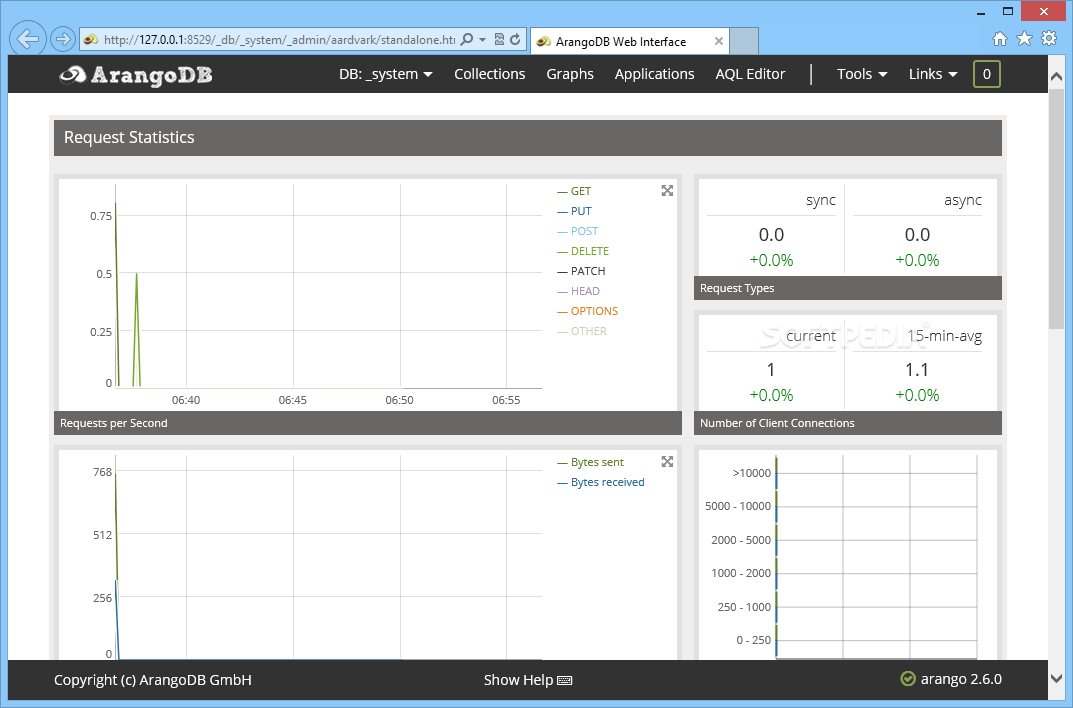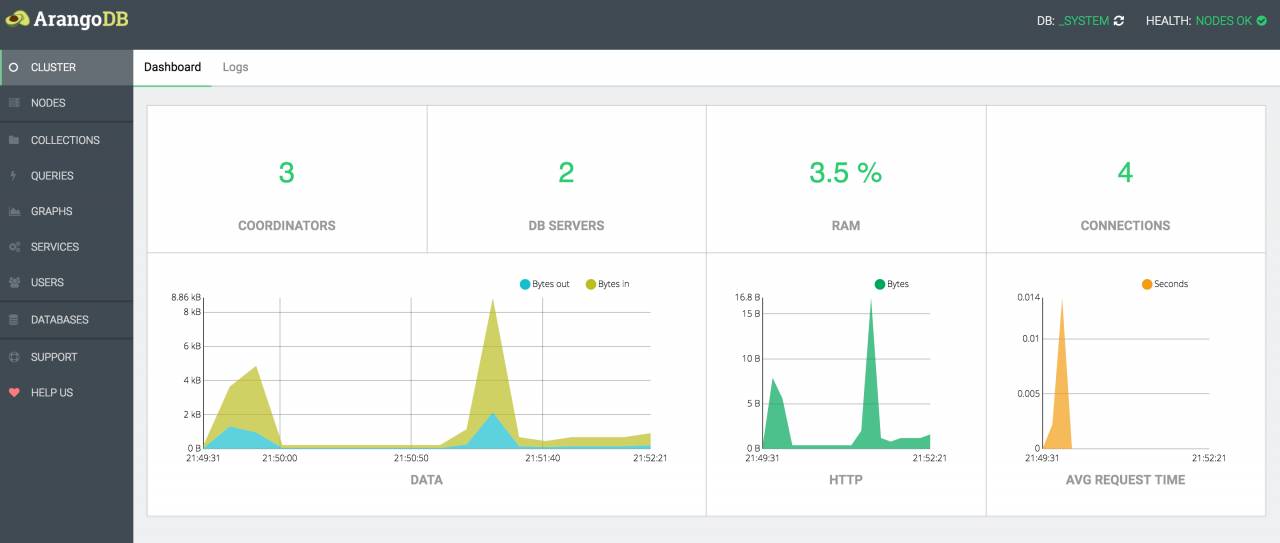

Now, you can list your databases using the following command:ġ27.0.0.1: _system> db._databases() Next, grant all the privileges to the mydb database with the following command: 127.0.0.1: _system> antDatabase(" ", "mydb") Next, create a database user with the following command: 127.0.0.1: _system> var users = _system> users.save(" ", "password") Now, create a database named mydb with the following command: 127.0.0.1: _system> db._createDatabase("mydb") Provide the root password which you have set during the installation and hit enter. You will be asked to provide the password as shown below: Please specify a password: You can connect the ArangoDB shell with the following command: arangosh Systemctl enable arangodb3 Step 3 – Connect ArangoDB ShellĪrangoDB comes with a command-line utility to manage the databases. Once the installation has been completed, start the ArangoDB service and enable it to start at system reboot with the following command: systemctl start arangodb3 You should see the following page:Ĭlick on the Yes button to back up the database before upgrading. Select the database storage engine and hit the Ok button.
#ARANGODB DATA IMPORT UPGRADE#
You should see the following page:Ĭlick on the OK button to automatically upgrade database files. Provide your desired password and hit OK button.
#ARANGODB DATA IMPORT INSTALL#
Next, update the repository and install the ArangoDB with the following command: apt-get update -yĭuring the installation, you will be asked to set the root password as shown below: Once all the dependencies are installed, import the ArangoDB GPG key and add the repository with the following command: wget -q -O- | apt-key add -Įcho 'deb /' | tee /etc/apt//arangodb.list apt-get update -y Step 2 – Install ArangoDBīy default, ArangoDB is not available in the Ubuntu 20.04 default repository, so you will need to add the ArangoDB repository to your system.įirst, install some required dependencies using the following command- apt-get install gnupg2 apt-transport-https -y Once you are logged in to your Ubuntu 20.04 server, run the following command to update your base system with the latest available packages. Connect to your Cloud Server via SSH and log in using the credentials highlighted at the top of the page. Create a new server, choosing Ubuntu 20.04 as the operating system, with at least 2GB RAM. Step 1 – Create an Atlantic.Net Cloud Serverįirst, log in to your Atlantic.Net Cloud Server.
#ARANGODB DATA IMPORT HOW TO#
In this tutorial, we will explain how to install the ArangoDB database on Ubuntu 20.04.

ArangoDB is designed for high-performance and scalable applications that use SQL-like query language. It is used in small and large organizations that process large amounts of data. ArangoDB comes with a simple and easy-to-use web interface and CLI for managing and monitoring databases. It is a multi-purpose and multi-model database developed by triAGENS GmbH. ArangoDB is a free, open-source NoSQL database with a flexible data model for documents, graphs, and key-values.


 0 kommentar(er)
0 kommentar(er)
